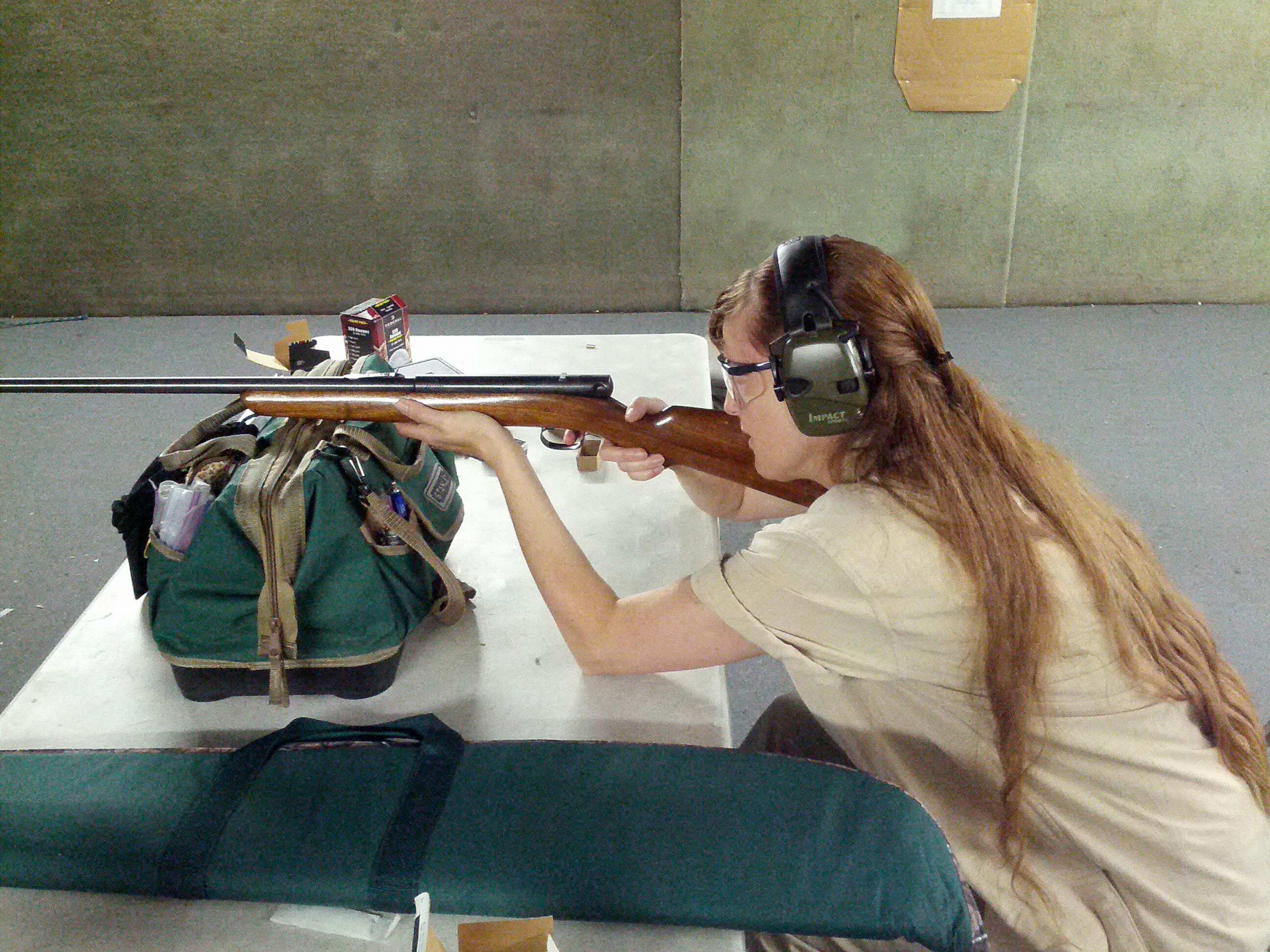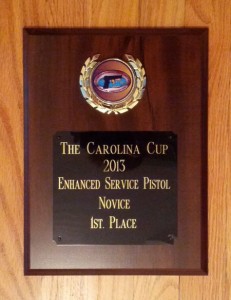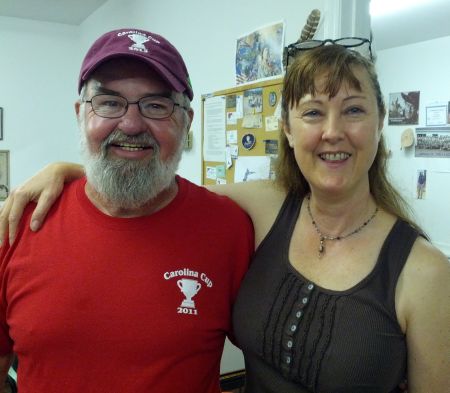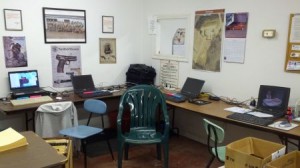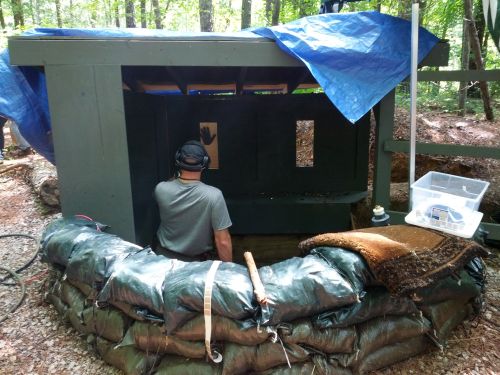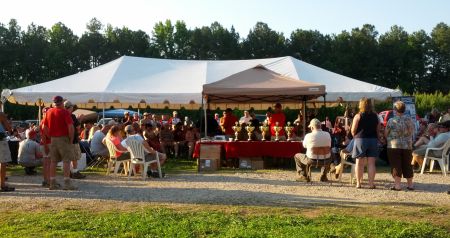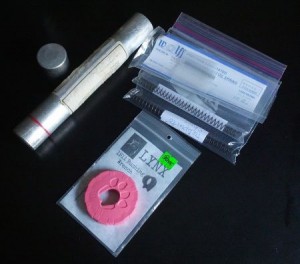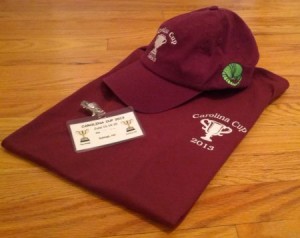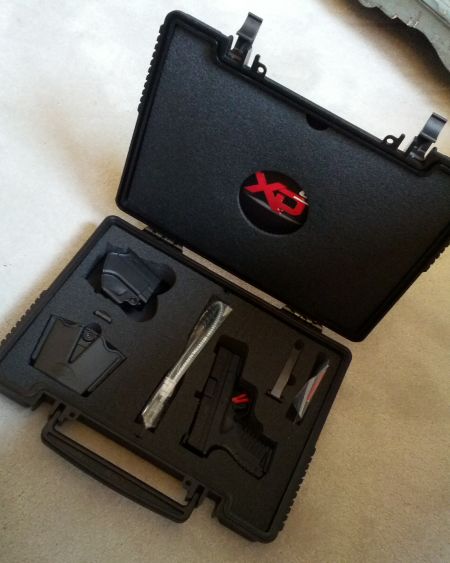Awhile back my dad offered me 3 rifles he’d had sitting in gun case for years because I’m the only one in the family that shoots. I sold the 35 Remington and had the Winchester 74 restored. The elevator was lost in the process so the friend who did such a great job on restoring the rifle met me at the range June 8th to install the elevator and site in the gun.
Elevator? He had to explain to me what an elevator was so I’ll share that with you: it is a small metal part that wedges under the sight to raise or lower it. For more details, check out this article.
I hadn’t fired from bench rest position since my “First Steps Pistol” class. We used my range bag as the “rest”. It’s a $15 tool bag from Walmart and worked quite well. My mentor for the day asked me to rest the “forearm” (ie: the wooden part) of the barrel on the rest, not the metal part of the barrel. I tucked the buttstock into my shoulder and brought the gun up to my face. At that point you try to get a good cheek weld by holding it is snuggly. Note that you don’t bring your face down to the stock – bring the gun up to your face.
We had about 18 yards to work with and the gun was shooting a bit high. It’s supposed to be sighted in at 25 yards so this was to be expected. The gun will shoot slightly higher at shorter distances.
Everything was going well until I tried to shoot the gun. At that point it went “tap” instead of “bang”. It appears we were getting an inconsistent firing pin strike.
The problem may be the firing pin but more likely is with the firing pin spring. So it appears this gun will require an additional investment of cash… and I’m kind of bummed about that. My primary focus is on pistols, but I have a large stash of .22lr and this is a beautiful gun. I really need to decide if it’s worth investing in a rifle I really don’t shoot — at least not at this time.

